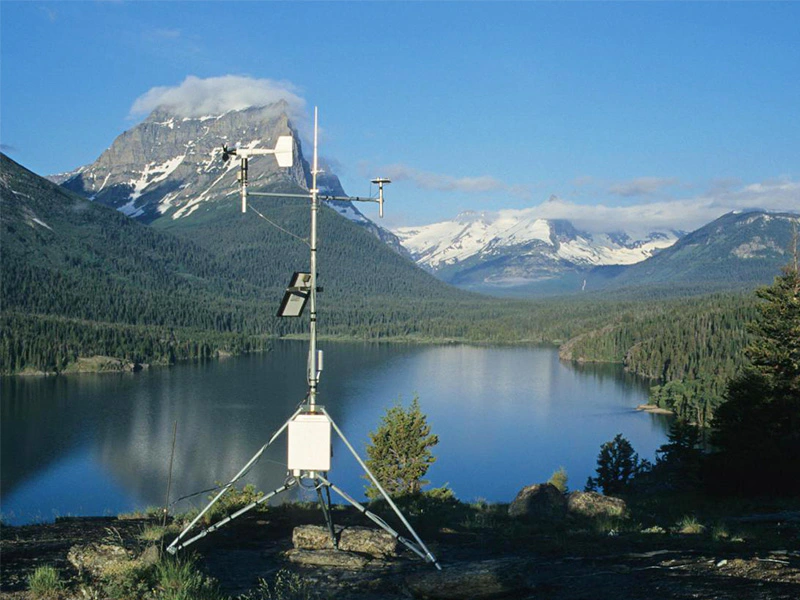
# What is a Meteorological Station?
Understanding Meteorological Stations
A meteorological station, often referred to as a weather station, is a facility equipped with instruments and sensors designed to measure and record atmospheric conditions. These stations play a crucial role in weather forecasting, climate research, and environmental monitoring.
Key Components of a Meteorological Station
Modern meteorological stations typically include several essential instruments:
- Thermometer: Measures air temperature
- Barometer: Records atmospheric pressure
- Hygrometer: Measures humidity levels
- Anemometer: Tracks wind speed and direction
- Rain gauge: Measures precipitation amounts
- Pyranometer: Records solar radiation
Types of Meteorological Stations
There are several classifications of weather stations based on their location and purpose:
1. Surface Weather Stations
These are ground-based stations that measure conditions at the Earth’s surface. They can be manual or automated.
2. Upper-Air Stations
These use weather balloons (radiosondes) to collect atmospheric data at higher altitudes.
3. Marine Weather Stations
Located on ships, buoys, or offshore platforms to monitor oceanic weather conditions.
4. Agricultural Weather Stations
Specialized stations that focus on microclimate conditions important for farming.
The Importance of Meteorological Data
Data collected from weather stations serves numerous critical purposes:
- Improving weather forecasts and warnings
- Supporting aviation and maritime operations
- Aiding agricultural planning and irrigation
- Contributing to climate change research
- Assisting in disaster preparedness
Technological Advancements
Modern meteorological stations have benefited from significant technological improvements:
Automation: Many stations now operate continuously without human intervention, transmitting data in real-time.
Remote Sensing: Advanced sensors can detect conditions from greater distances.
Data Integration: Stations are increasingly connected to networks that combine data from multiple sources for more comprehensive analysis.
Conclusion
Meteorological stations form the backbone of our weather observation systems. From simple manual stations to sophisticated automated networks, these facilities provide the essential data that helps us understand and predict atmospheric conditions. As technology advances, weather stations continue to become more accurate, reliable, and capable of serving our growing need for meteorological information.
Keyword: what is meteorological station